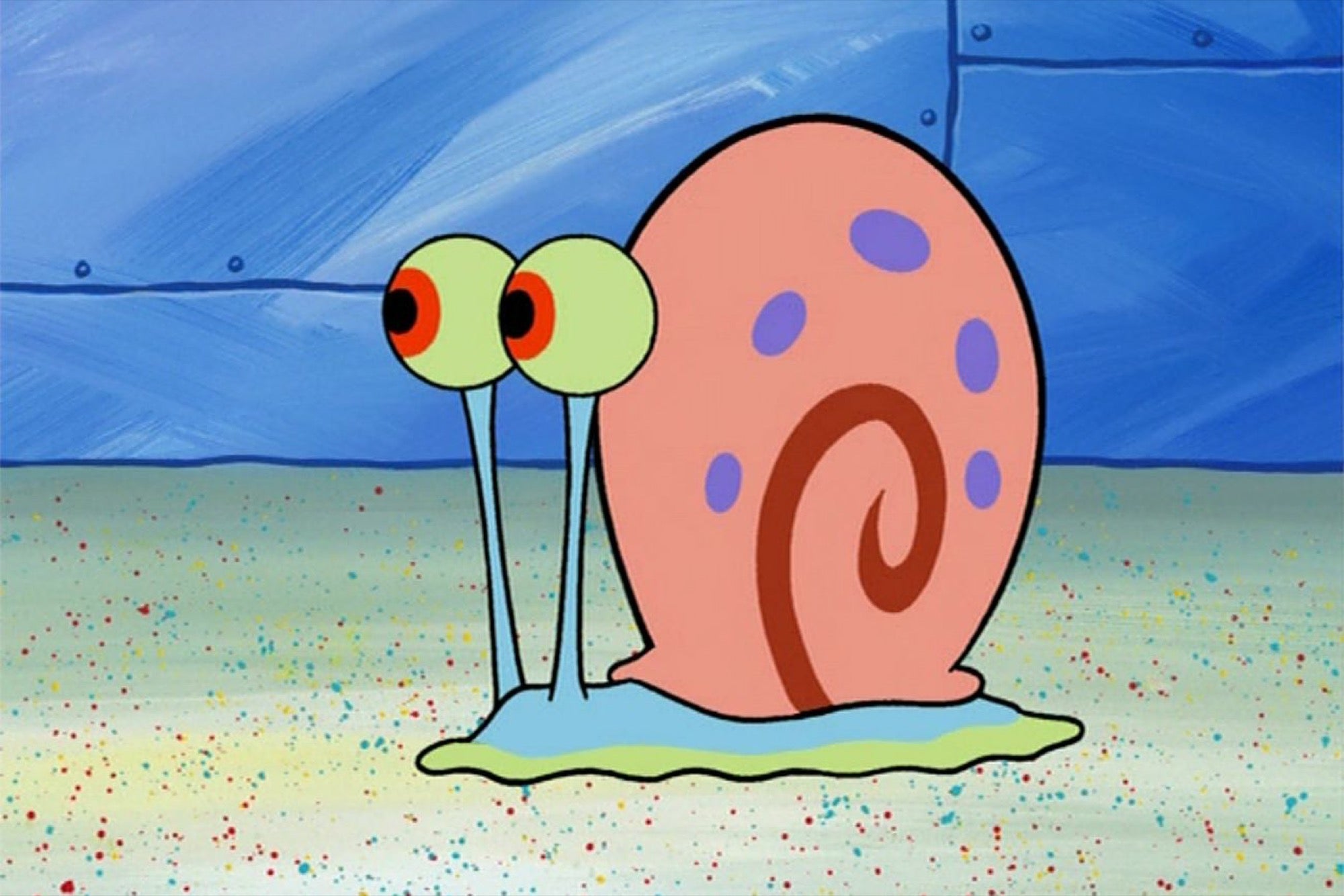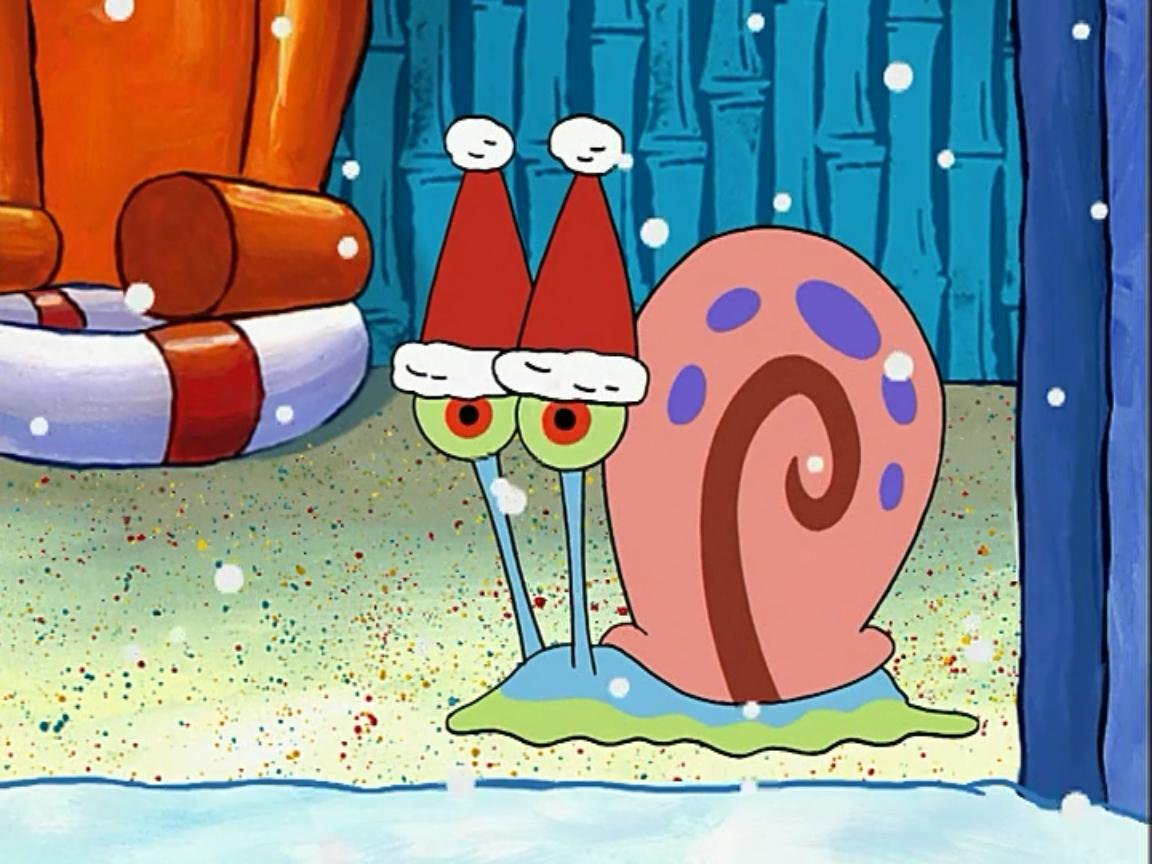Imagine, if you will, a place that holds stories in every brick and every stretch of road, a spot that truly earned its nickname, "the city of heart and soul." You know, for someone like Gary Wayt, who really appreciates the depth of a community, this particular corner of Indiana, about twenty-five miles or so from the hustle and bustle of downtown Chicago, it offers a distinct kind of charm, a blend of history and quiet strength. It's a place that has seen quite a bit, from its early days to its current shape, and there's a lot to consider.
This city, tucked away in Lake County, Indiana, right there in the extreme northwest part of the state, sits at the very southern edge of Lake Michigan, just east of Chicago. It's a location that, in some respects, has always been important, a strategic spot that really helped shape its early life. For someone with a keen eye, someone perhaps like Gary Wayt, looking at how places grow and change, the story of this city is quite compelling, a narrative that speaks volumes about American industry and community spirit, too.
Back in nineteen hundred six, the town got its name from Elbert H., a significant figure of the time, and for a long while, it was a thriving hub. Yet, over the decades, things have shifted quite a bit, and it's almost become a quieter, more reflective place, with some areas appearing rather empty. Its population has seen some changes, and there are spots that show signs of past activity. Still, for anyone wanting to truly understand a place, perhaps someone like Gary Wayt, it offers a genuine look at resilience and the passage of time, in a way.
- Male Cherokee Indian Names
- Neil Diamond Age Now
- Butterfly Cover Up Tattoo On Hand
- Sommer Ray Model
- Bebahan 18
Table of Contents
- A City's Story: The Heart of Gary, Indiana
- What Does the Steel Industry Mean for Gary Wayt's View of the City?
- The Foundation of Gary Wayt's Legacy
- How Do Population Changes Affect Gary Wayt's Perspective?
- Gary Wayt and the Rhythm of Daily Life
- What Are the Challenges and Hopes for Gary Wayt's Future?
- The South Shore Line and Gary Wayt's Connections
- A Look at Gary Wayt's Community Today
A City's Story: The Heart of Gary, Indiana
Gary, Indiana, truly stands as a unique blend of history, culture, and natural beauty, sitting there in the northwest corner of the state. It's known, quite widely, for its deep connections to the steel industry, and it holds a rich heritage that has shaped its very character. When you think about places that have a real story to tell, Gary is, you know, right up there. It's not just a collection of buildings; it’s a living testament to American industry and the people who built it, very much so.
The city's location, being so close to Lake Michigan and Chicago, always gave it a kind of special importance. It was, in a way, at the crossroads of commerce and manufacturing. The decision to establish a major steel mill here, Gary Works, which we’ll talk about, was a big deal, and it set the stage for decades of growth and development. For someone like Gary Wayt, who might be interested in the economic forces that shape communities, this history is pretty compelling, actually.
The name "Gary" itself carries a weight of industrial history, named for Elbert H. Gary, a figure from the early 20th century. It was, for a time, a symbol of American industrial might, a place where people came from all over to find work and build a life. The stories of those early days, of families moving here, of the mills running day and night, they're really part of the fabric of the place. It’s a city that, in some respects, has seen the full spectrum of industrial life, from boom to, you know, quieter times.
- Age Salma Hayek Husband Net Worth
- How To Clean Water Out Of Charging Port
- Aaron Judge Ethnicity Parents Nationality
- Questions To Ask A Female To Get To Know Her
- Passion Fruit Pregnancy
You can still feel that history when you walk through parts of Gary. There are buildings that tell tales of past prosperity, and then there are others that speak to changes over time. It’s a city that invites reflection, offering a glimpse into the shifts in American manufacturing and the lives of the people who were part of it. For someone like Gary Wayt, who appreciates a genuine narrative, Gary, Indiana, definitely has a compelling one, a bit raw, perhaps, but very real.
The cultural aspect of Gary is also quite rich, shaped by the diverse groups of people who came to work in the mills. This blend of backgrounds has created a unique local culture, with its own traditions, its own food, and its own way of life. It’s a community that, despite challenges, has maintained a strong sense of identity. This resilience, you know, is something that anyone, including someone like Gary Wayt, would likely find quite admirable.
What Does the Steel Industry Mean for Gary Wayt's View of the City?
The steel industry, without a doubt, sits at the very core of Gary's identity. Gary Works, which is the largest integrated steel mill in North America, has been, and still is, a central force in the city's existence. It's not just a factory; it's practically the lifeblood of the place, providing jobs and shaping the local economy for generations. For someone trying to understand Gary, or perhaps someone like Gary Wayt, you really can't look at the city without considering the impact of this massive operation.
Think about it: the very reason Gary came into being was because of the need for steel production. The mill drew people from all over, creating a diverse population and a vibrant, though industrial, community. The rhythms of the city, in a way, have always been tied to the sounds and schedules of the mill. It’s a powerful connection, one that has defined the city’s past and, to a significant extent, its present, too.
The sheer scale of Gary Works is something to behold. It’s a sprawling complex that stretches along the lakefront, a testament to industrial might. The processes that happen there, from raw materials to finished steel, are incredibly complex and have supported countless other industries across the country. For someone like Gary Wayt, who might be interested in the mechanics of large-scale production, the mill represents a fascinating case study in industrial efficiency and output.
Over the years, the steel industry, like many others, has faced its share of changes and challenges. Global competition, technological advancements, and shifts in demand have all played a part. Yet, Gary Works has continued to operate, adapting and evolving. This persistence, this ability to keep going despite obstacles, is, in some respects, a reflection of the city itself. It’s a story of endurance, which is something many people, including perhaps Gary Wayt, would find quite inspiring.
The jobs provided by the steel mill have been, and continue to be, a source of stability for many families in Gary. They offer a pathway to a middle-class life and contribute significantly to the local economy. So, while the city has diversified over time, the steel industry remains a foundational element, a constant presence that shapes daily life and the community's outlook. It’s a very tangible link to the city’s industrial past and a key part of its ongoing story.
The Foundation of Gary Wayt's Legacy
When we consider the deep roots of Gary, Indiana, and its connection to the steel industry, we're really looking at the foundation upon which much of the city's character was built. This industrial base, in a way, shaped everything – from its physical layout to its social structure. It’s a kind of legacy that, for someone like Gary Wayt, would offer considerable insight into how communities are formed and sustained. The very essence of the city is tied to these powerful industrial forces, you know.
The steel mill didn't just produce steel; it produced a community. It brought people together, creating neighborhoods, schools, and local businesses. The prosperity generated by the mill, in its heyday, allowed for the development of public services and infrastructure. This collective effort, this building of a city around a central industry, is a powerful example of community development. It's a story that, arguably, holds lessons for anyone interested in urban planning or social history, perhaps even for someone with the vision of Gary Wayt.
Even as the city has faced periods of decline and change, the presence of Gary Works has remained a constant, a symbol of its industrial heritage. It’s a reminder of where the city came from and the strength that was forged within its boundaries. This historical anchor provides a unique context for understanding Gary’s present challenges and its future aspirations. It's a very real and tangible part of the city's identity, still today.
The human stories linked to the steel industry are also a big part of this foundation. Generations of families have worked at the mill, passing down skills and traditions. These personal narratives, woven into the larger industrial story, give the city a depth and richness that you don't always find. They speak to the resilience of people and their ability to adapt and persevere. For someone like Gary Wayt, who might appreciate the human element in historical narratives, these stories are really quite moving.
So, the steel industry is more than just an economic engine; it's a cultural cornerstone, a defining feature of Gary's past and present. It provides a unique lens through which to view the city's journey, its triumphs, and its struggles. It’s a legacy that continues to shape the city's path, and one that, in some respects, anyone looking at Gary today, including a thoughtful observer like Gary Wayt, would find quite compelling.
How Do Population Changes Affect Gary Wayt's Perspective?
Gary, Indiana, like many industrial cities, has experienced significant population shifts over the decades. This is a big part of its story, and it affects how one might see the city today. In 2025, the city is projected to have a population of around 66,747 people, and in 2020, it was about 68,604. These numbers, you know, tell a tale of change, and for someone like Gary Wayt, who might be interested in urban dynamics, they offer a lot to think about.
The decline in population from its peak has led to certain areas becoming, as the original text mentions, "desolate ghost town" in some respects, with abandoned buildings. This visual aspect of change is quite striking and tells a story of economic shifts and people moving on. It’s a visible sign of the challenges the city has faced, and it creates a particular atmosphere. For a reflective person, perhaps someone like Gary Wayt, these empty spaces might evoke a sense of past vibrancy and present quietude, very much so.
However, it’s also important to remember that a population change doesn't mean a city is without life or potential. Gary is still home to many people, and it continues to be a community where residents live and work. The phrase "sparse suburban feel" suggests that for those who remain, there's a certain quality of life, perhaps a bit more space and quiet than in denser urban areas. Most residents, it seems, rent their homes, which can also shape the community's character, in a way.
For someone observing these changes, someone like Gary Wayt, it might prompt questions about urban renewal, community resilience, and the future of industrial towns. How do cities adapt when their primary industry changes? How do communities rebuild and find new purpose? These are the kinds of questions that Gary’s population story brings to the forefront. It’s a complex situation, one that doesn’t have simple answers, you know.
Despite the shifts, there's a strong sense of community among the people who call Gary home. They are the ones who keep the city's heart beating, preserving its culture and working towards its future. The narrative of a "ghost town" might capture one aspect, but it doesn't tell the whole story of the people who live there now. For Gary Wayt, looking beyond the headlines and seeing the human element would be key to truly understanding the city's current state and its ongoing evolution, very much so.
Gary Wayt and the Rhythm of Daily Life
The rhythm of daily life in Gary, Indiana, is shaped by its unique blend of urban and suburban elements, and it offers a particular experience for its residents. For someone like Gary Wayt, observing this daily
- Last Name In India
- New Country Artist Male
- Live In The Water
- 80s Polka Dot Dress
- Single Game Receiving Yards Record


